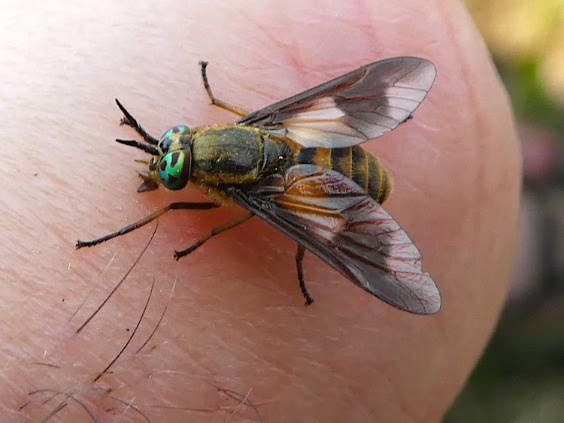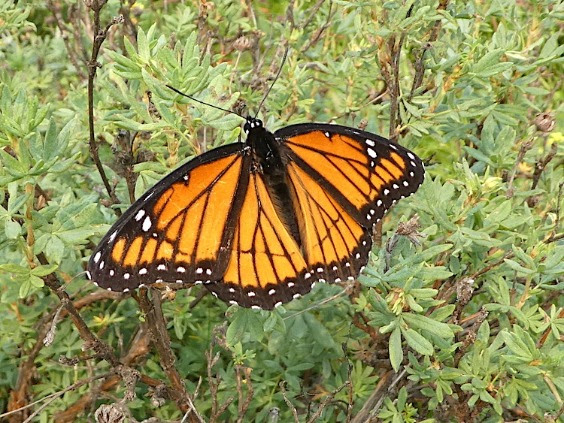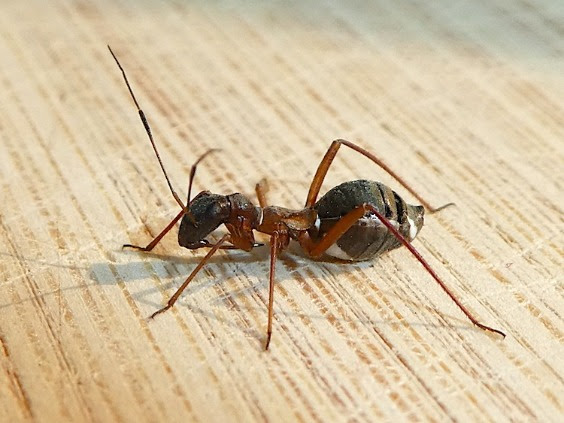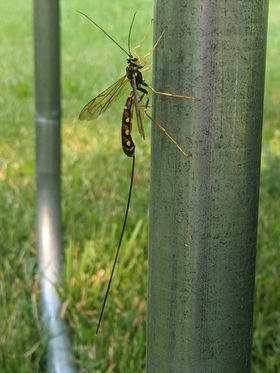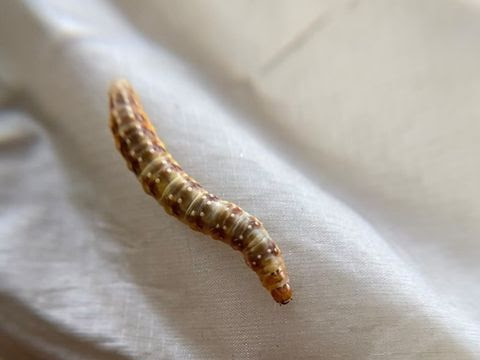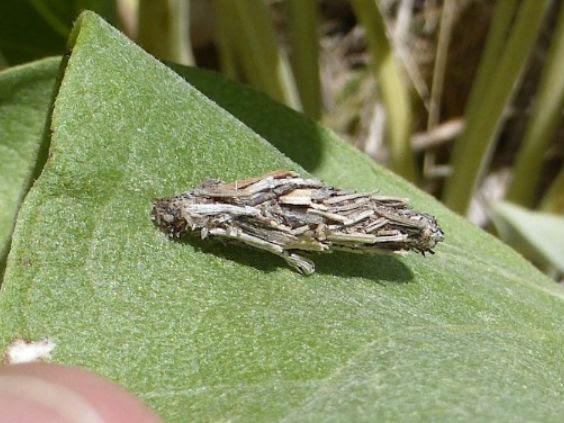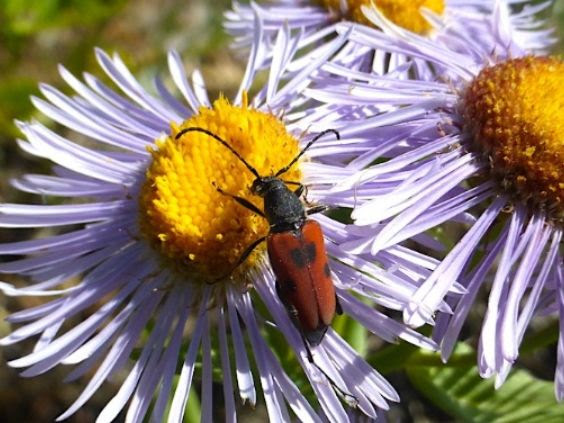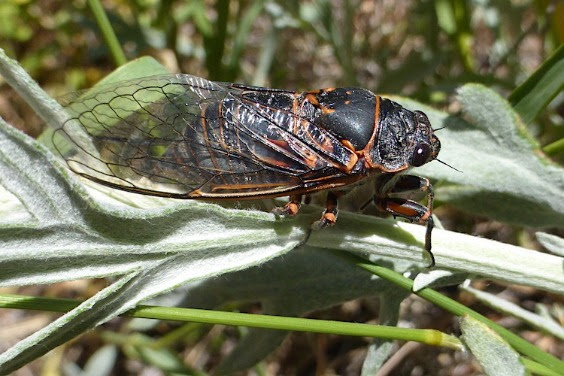Glenn sacrificed a little blood in his effort to snap this photo. Most female horse flies or deer flies (family Tabanidae) feed on the blood of warm-blooded vertebrates, with slashing-sponging mouthparts […]
Read MoreWhat’s Buzzin’
What can you see around Western Montana right now?
Robber Fly (Laphria sadales)
As perfectly stated in the Kaufman Field Guide to North America, robber flies “are to other insects what falcons are to other birds: swift predators on the wing.” They perch in open habitat waiting for […]
Read MoreViceroy (Limenitis archippus)
At first glance this viceroy could be confused for the world-famous monarch, but it is only distantly related. If you look closely you will notice a dark line across each hindwing, where the […]
Read MorePlant Bug (Paradacerla downesi), Female
How much around us is not as it seems? This incredible ant-mimc, about the size of a medium-sized ant, might not have gotten a second look, but it happened to crawl up […]
Read MoreWestern Giant Ichneumon (Megarhyssa nortoni), Female
This wasp’s ovipositor, the structure at the tip of the abdomen used for laying eggs, is impressive—about two times its body length. How she wields it is quite extraordinary… after […]
Read MoreTortricid Moth in the genus Choristoneura
We believe this is likely the Western Spruce Budworm Moth (Choristoneura occidentalis). It is common in forests throughout the Rocky Mountain Region, where the larvae feed on needles of Douglas […]
Read MoreArctic Skipper (Carterocephalus palaemon)
Like most skippers, the adult butterflies rest with their wings closed, but you can often find them basking in the sun with their wings open to warm up when the […]
Read MoreBagworm Moth Larval Case (family Psychidae)
Bagworm moth larvae spend most of their lives inside a “bag” or case. Made of silk and covered with bits of plant material and other debris, they carry it around as they […]
Read MoreDimorphic Flower Longhorn (Anastrangalia laetifica)
This striking species of longhorn flower beetle appears to be happily feeding on aster pollen and/or nectar. They are found in western North America. The males tend to be all black / brown […]
Read MoreCicada (genus Okanagana)
While we are not 100% sure, we believe this is the Mountain Cicada (Okanagana bella). They can be found from June through July and range in the west from British Columbia […]
Read More